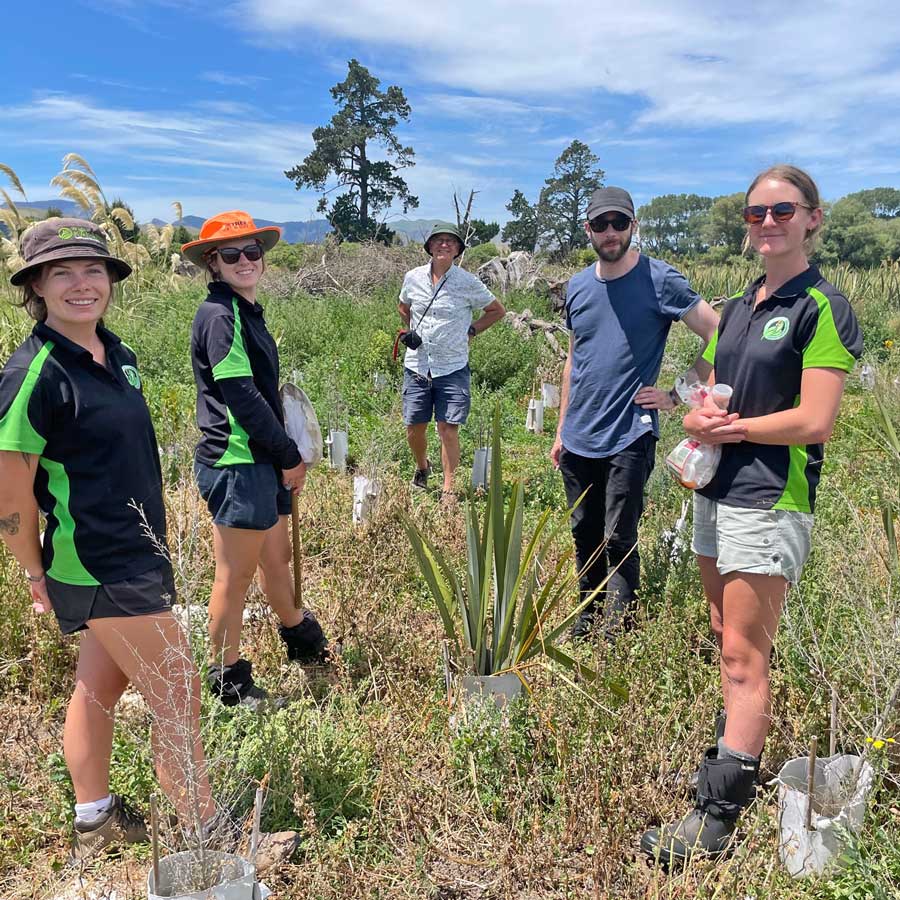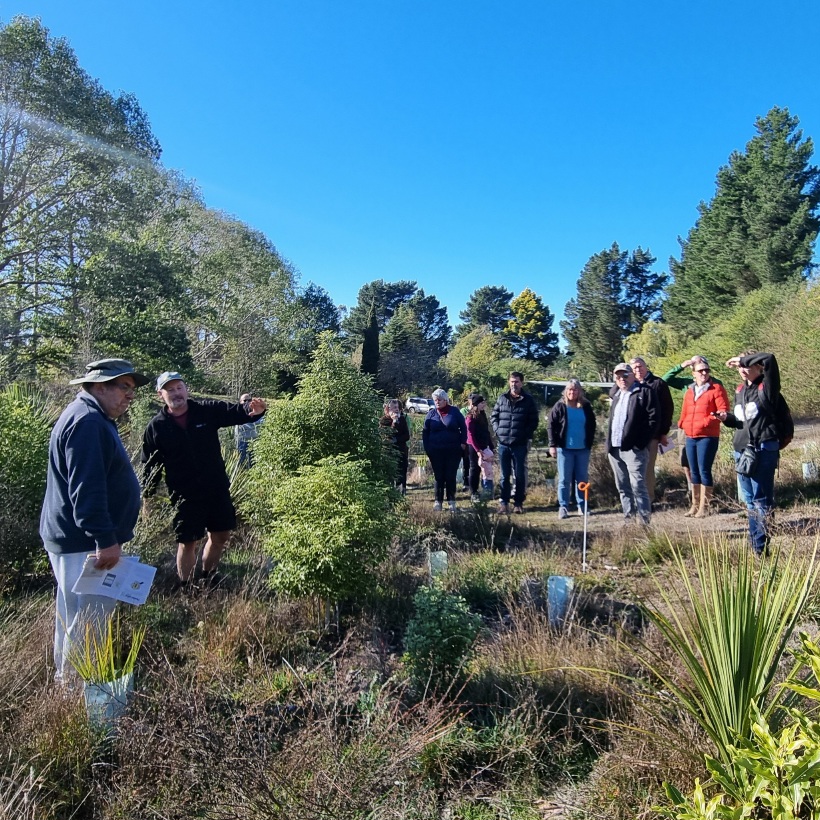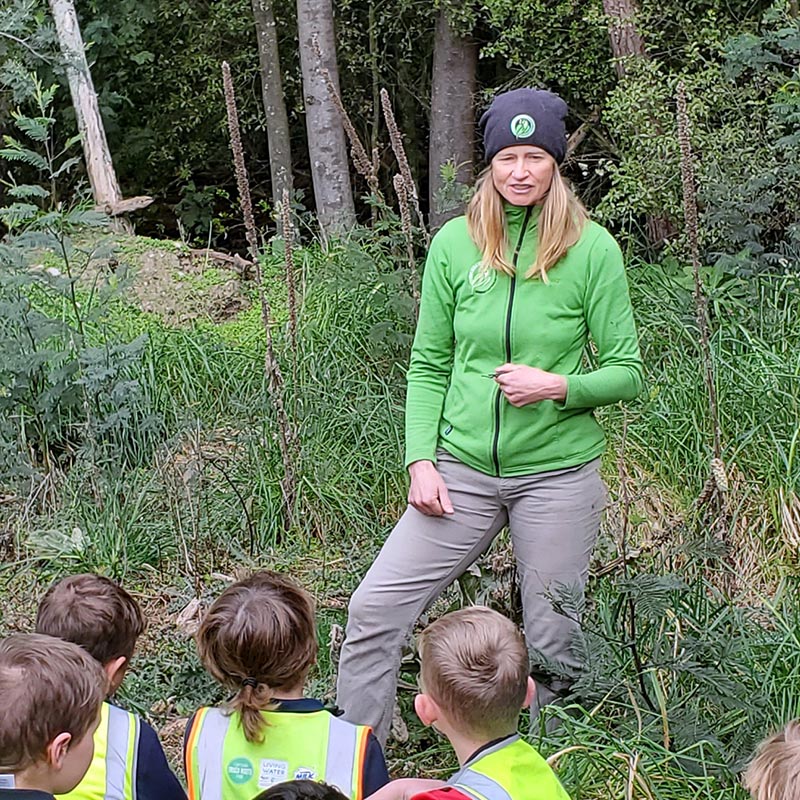Attracting birds and other fauna to our Greendots is a key part of our work, and last December we had the opportunity to monitor invertebrate species at large legacy site Te Pae O Ahuriri. Te Ara Kākāriki Trustee Mike Bowie, Dustin Lamont (Lincoln University), Coordinator Lou Drage and the kaimahi worked together using a variety of methods including yellow pan traps, pitfall traps, a mercury vapour light trap, as well as hand searching and beating plants.
They recorded 140 invertebrate species including:
• Hymenoptera: 48 moth & butterfly species with 79% being endemic or native, and 12 wasp/bee/ant species with 58% being endemic or native
• Coleoptera: 23 species of beetles with 57% being endemic or native
• Araneae: 15 spider species with 53% being endemic or native
• Diptera: 12 fly species with 67% being endemic or native
• Hemiptera: 10 true bug species with 70% being endemic or native
• Molluscs: 6 species with 33% being endemic or native
• Tricoptera: 4 species of caddisflies being 100% endemic or native
Pictured below: an orbweaver spider, huhu beetle, and cabbage tree caterpillar.
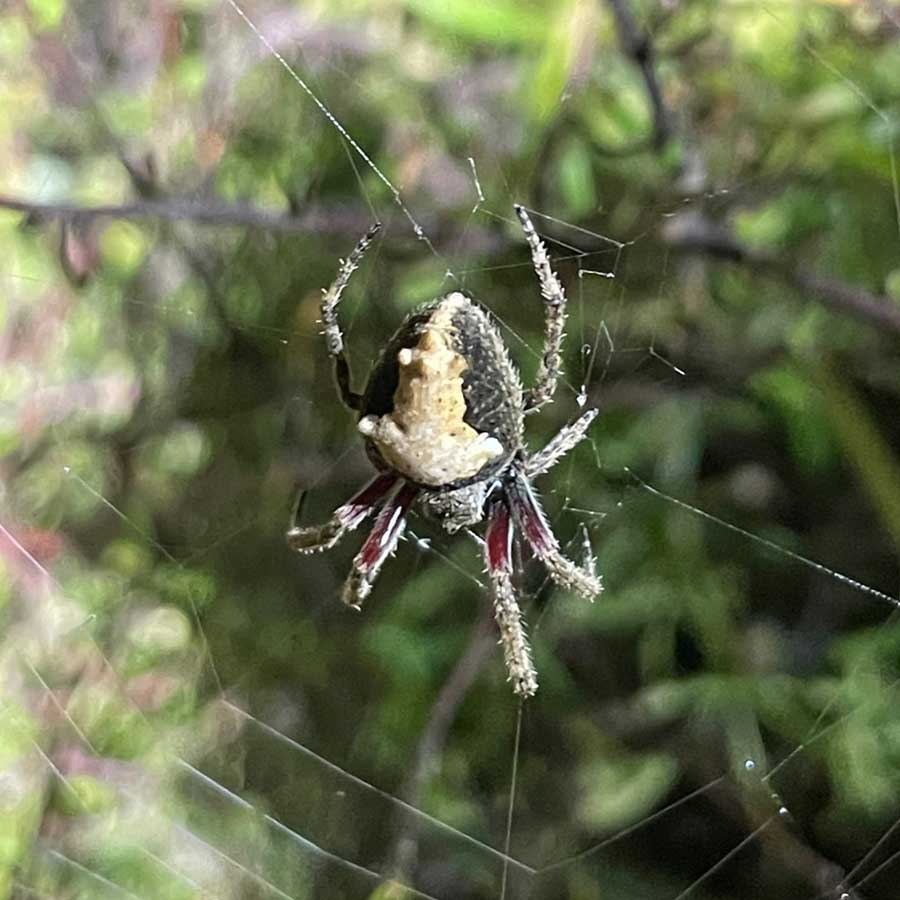
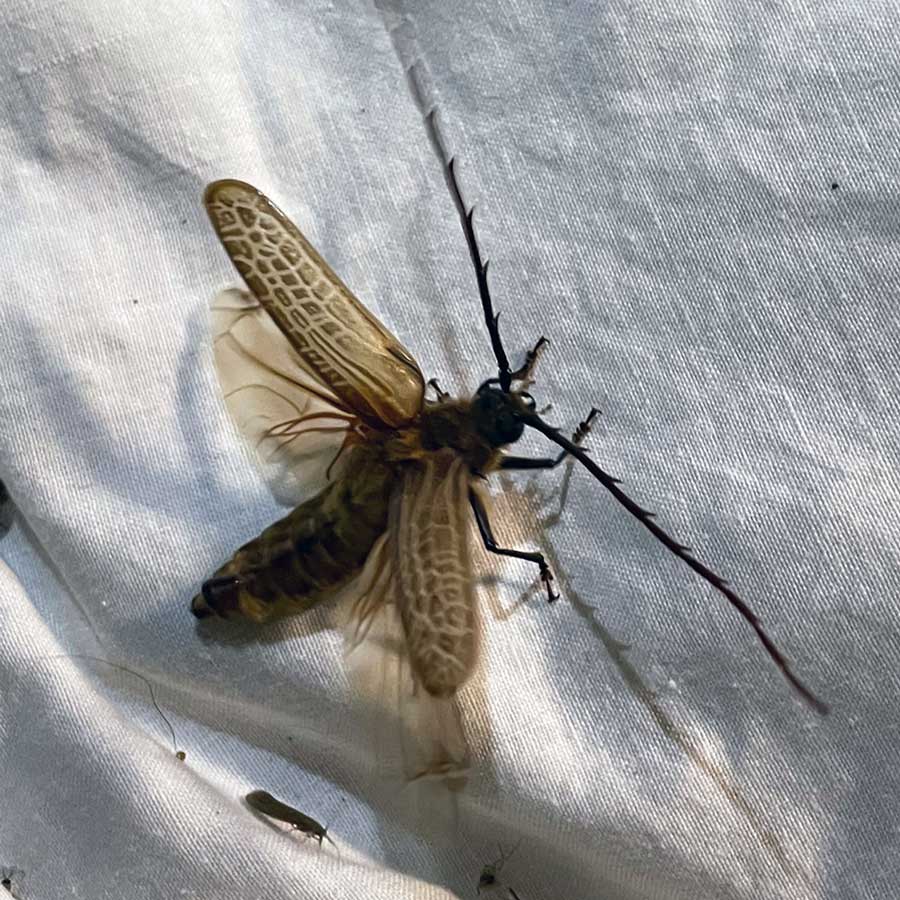
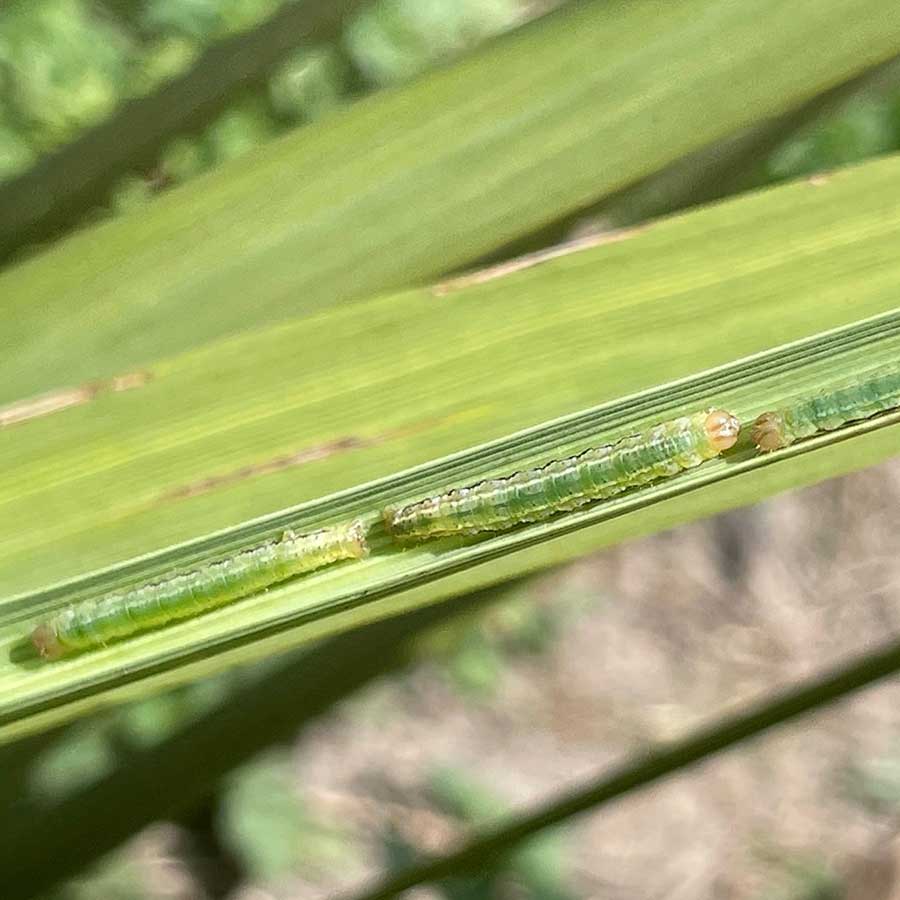
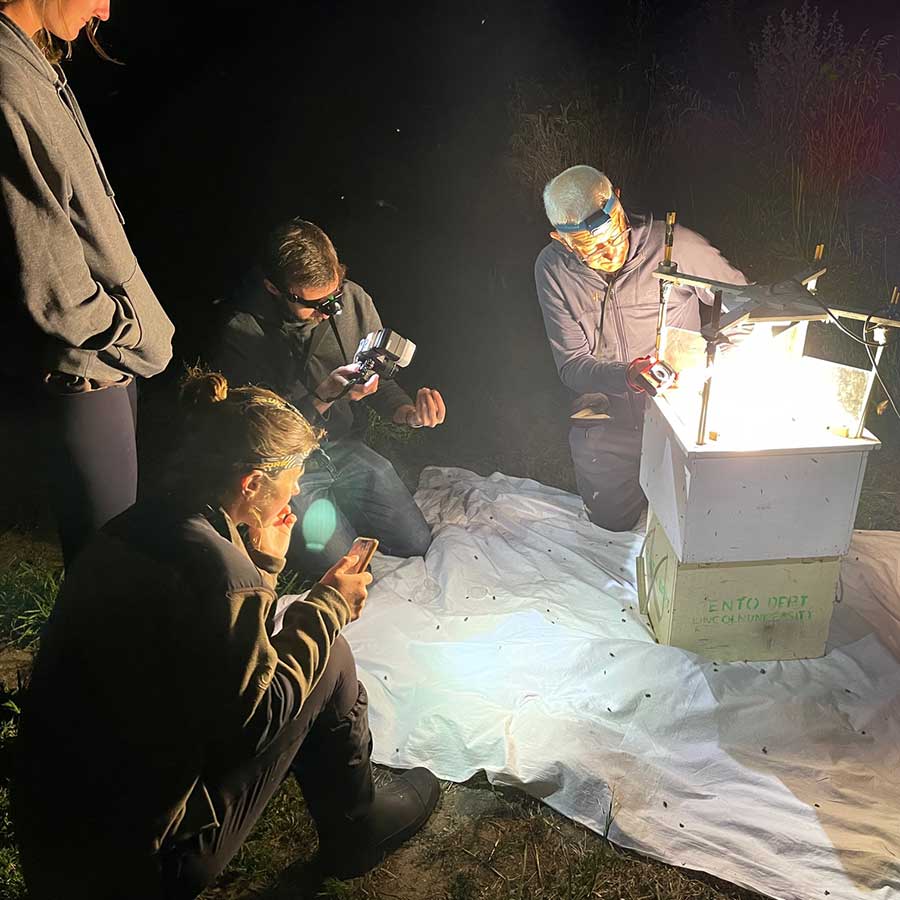
Overall, these results show there is good diversity present amongst the 2021 planting area at Te Pae O Ahuriri, including communities of aquatic, predator, and pollinator species. As the native plant species grow and reach canopy closure more moth species will be attracted, and we look forward to repeating the survey in the future to compare results. Many thanks to Mike Bowie for leading this monitoring and sharing his photos.

